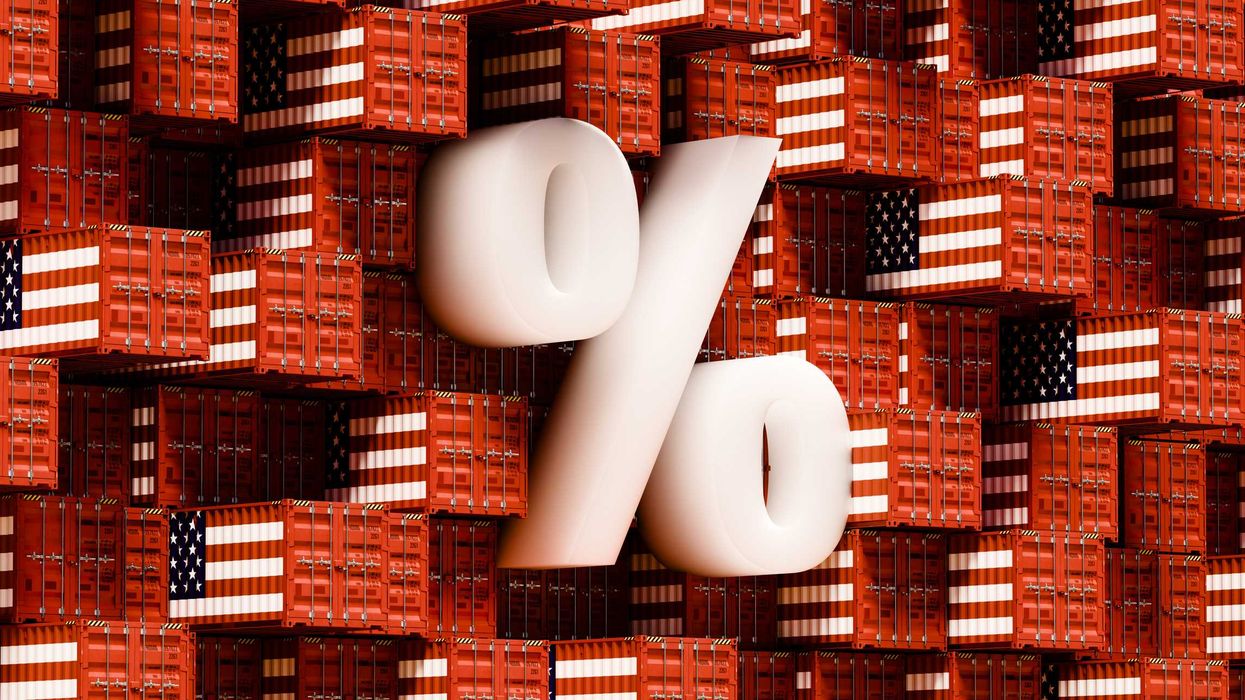WASHINGTON- The Supreme Court on Thursday heard oral arguments over a Trump administration order that would deny automatic U.S. citizenship to children born on American soil to undocumented immigrant parents and others in the country temporarily. The order challenged more than a Century of legal precedent.
The case centers on Executive Order 14160, signed in January by President Donald Trump, which asserts that the 14th Amendment's Citizenship Clause does not apply to children born to noncitizens without permanent legal status. Lower courts swiftly blocked the policy, prompting a high-stakes showdown over both the scope of the amendment and the president's power to unilaterally reinterpret it.
Solicitor General D. John Sauer, defending the administration, argued that the 14th Amendment was intended to grant citizenship specifically to formerly enslaved people, not to “illegal aliens or people here temporarily.”
“We have our lower courts making snap judgments,” Sauer said, criticizing nationwide injunctions as judicial overreach.
Justices across the ideological spectrum appeared skeptical of the administration’s argument.
“Congress decides birthright citizenship, not the executive branch,” said Justice Sonia Sotomayor flatly.
Justice Brett Kavanaugh suggested that the administration’s order would create a chaotic situation for hospitals.
“How’s it going to work? What do hospitals do with a newborn? What do states do with newborns?” he said.
Justice Ketanji Brown Jackson expressed concern that Trump’s ban would force many families to pay for lawyers and file lawsuits to prove their children are legitimate citizens.
“Your case is turning the court system into a ‘catch me if you can’ regime where everyone has to get a lawyer and file a lawsuit,” said Jackson.
Justice Elena Kagan raised practical concerns about fairness, suggesting that only individuals with the resources to sue would be able to protect their rights. “The ones who can’t afford to go to court, they’re the ones who are going to lose,” she said.
- YouTubeyoutu.be
Outside the courthouse, protesters gathered with signs defending the right to citizenship. Among them was Maya, an undocumented immigrant from Mexico City who came to the United States to follow her husband in pursuit of a better economic life. She asked that her last name not be published because she feared deportation.
“Our intention isn’t to come to this country and have kids, maybe that comes after,” she said in Spanish. “Those of us who migrate, we come with the intention of a better life. Citizenship for kids of undocumented parents is a right, It shouldn’t matter what political opinions people have.”
Massachusetts Attorney General Andrea Campbell, who led a coalition of states challenging the order, warned that the executive action threatened to erode fundamental constitutional protections.
“If they can dismantle this amendment with a Sharpie and a stroke of a pen and give the president significant authority,” Campbell told the crowd, “It moves toward being a king versus a democratic president. They can come for the First Amendment, they can come for the Second.”
The case also raised questions about the legality of sweeping injunctions issued by federal judges to halt presidential policies nationwide. Some conservative justices indicated openness to curbing that power, even if they disagreed with the administration's reading of the Constitution.
Thursday’s arguments marked one of the most consequential immigration hearings at the high court in years, with implications that could go far beyond citizenship policy. A ruling in favor of the administration could significantly expand executive authority in defining constitutional rights.
A decision was expected by the end of June.
Angeles Ponpa is a graduate student at Northwestern Medill in the Politics, Policy, and Foreign Affairs specialization. Ponpa specializes in covering immigration and does bilingual reporting in both English and Spanish.







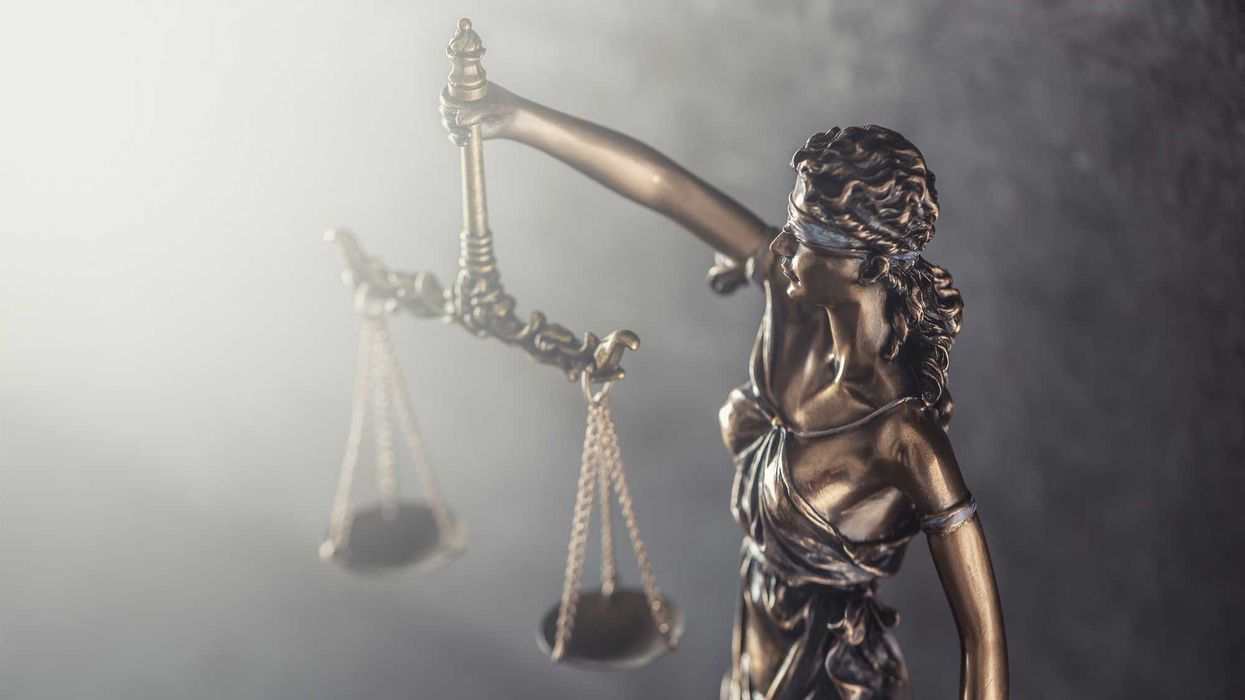
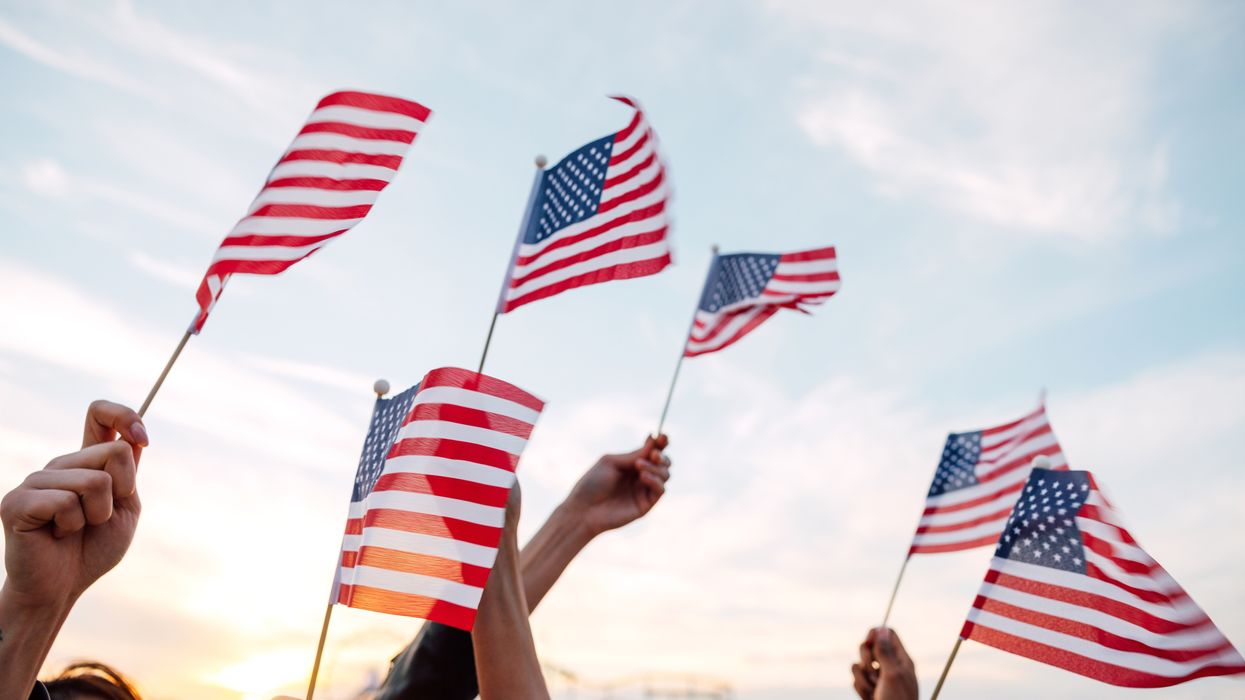






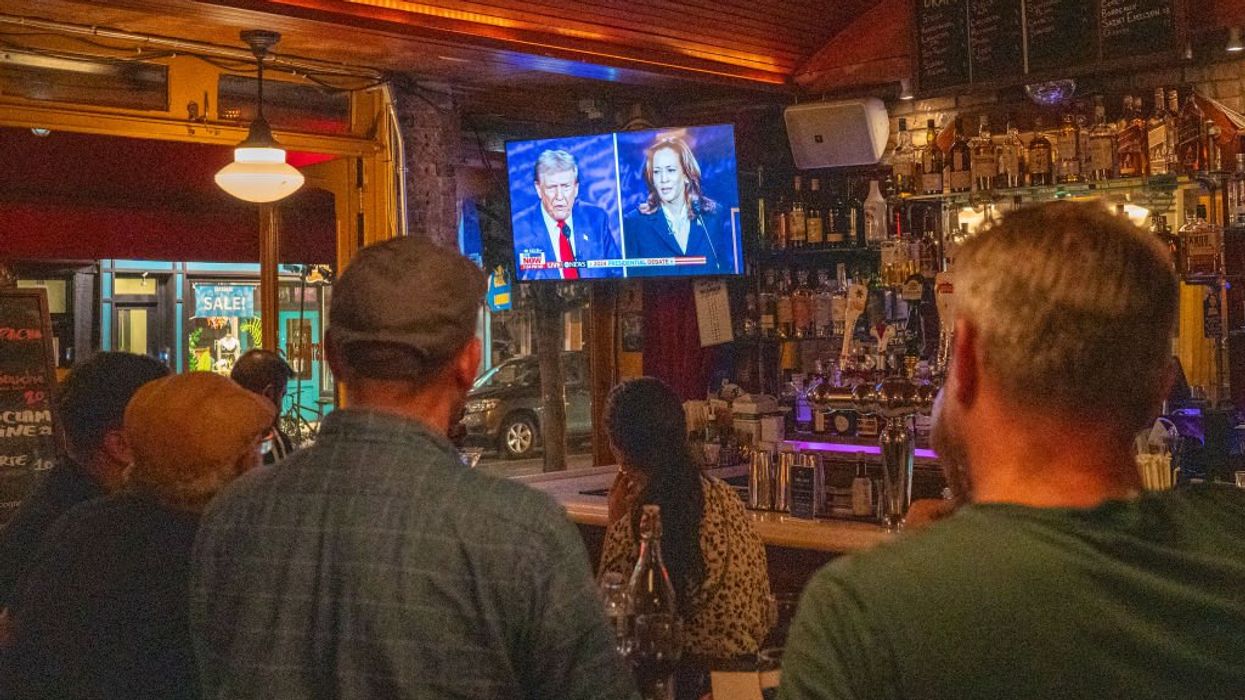


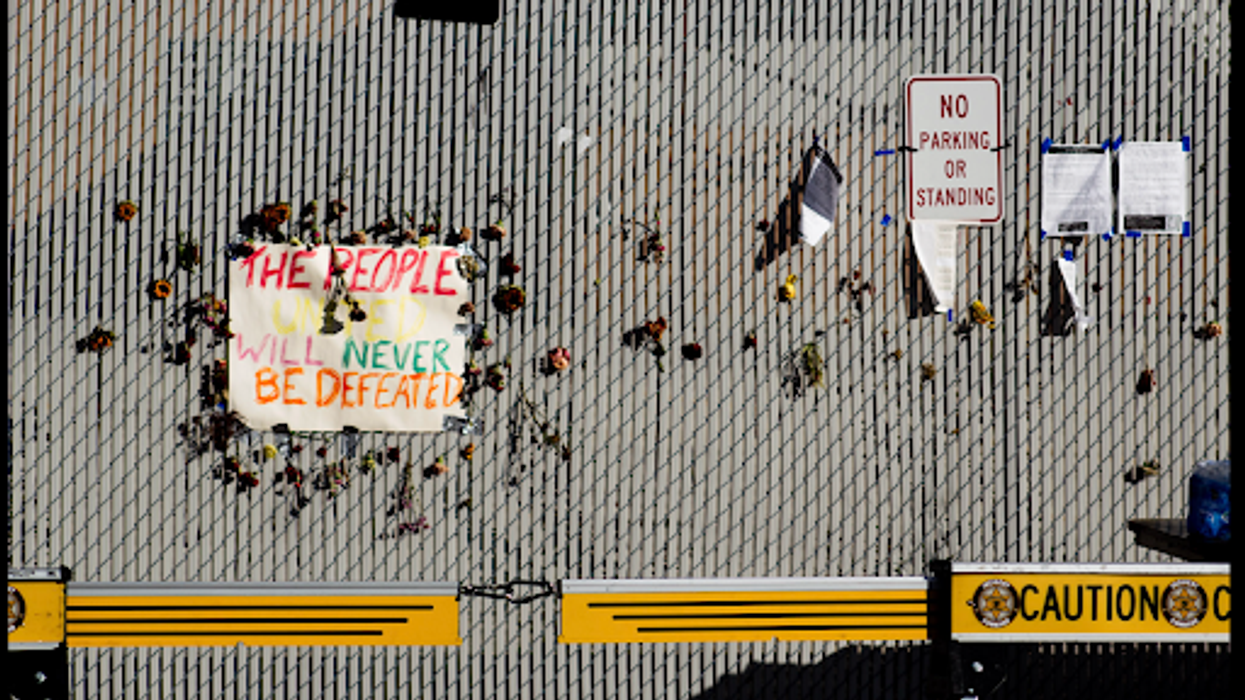
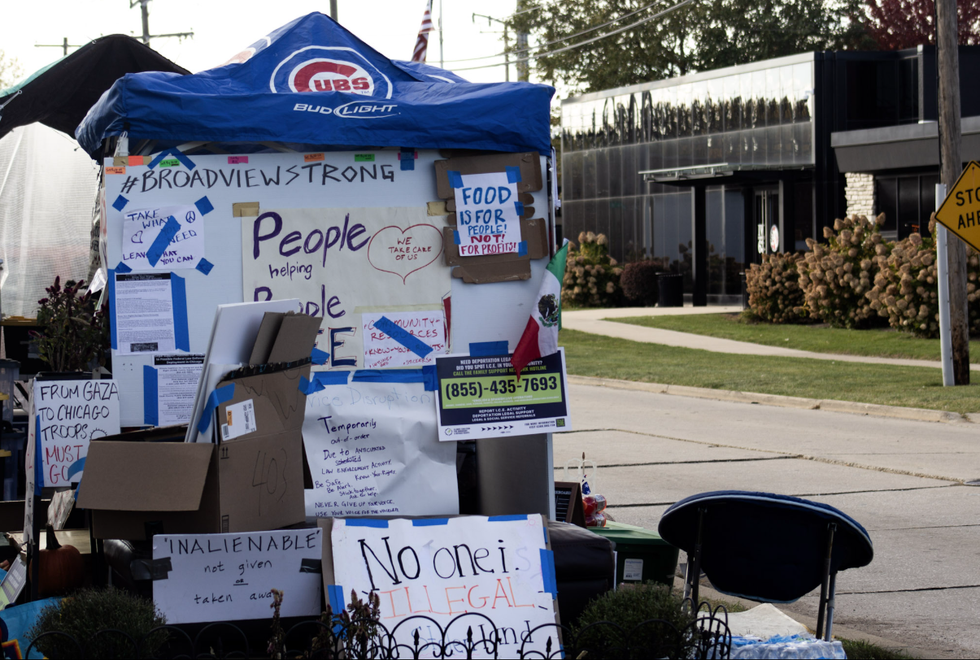 Protest signs and resource information posters were hung up around a resource tent in Broadview, Illinois. Credit: Britton Struthers-Lugo, Oct. 30, 2025.
Protest signs and resource information posters were hung up around a resource tent in Broadview, Illinois. Credit: Britton Struthers-Lugo, Oct. 30, 2025. Rubber bullet wounds on Bryan’s back, after a day of protesting at the Broadview ICE facility in mid-September. He wears hospital scrubs, acquired after receiving medical attention following the pepper-spray incident earlier in the day. He returned to protest after being discharged from the hospital.Credit: Adriano Kalin (@adriano_kalin).
Rubber bullet wounds on Bryan’s back, after a day of protesting at the Broadview ICE facility in mid-September. He wears hospital scrubs, acquired after receiving medical attention following the pepper-spray incident earlier in the day. He returned to protest after being discharged from the hospital.Credit: Adriano Kalin (@adriano_kalin). ICE officers gathered outside the Broadview detention center. Yellow identifying badges can be seen on the front of their uniforms and on their shoulders. Credit: Britton Struthers-Lugo, Oct. 30, 2025.
ICE officers gathered outside the Broadview detention center. Yellow identifying badges can be seen on the front of their uniforms and on their shoulders. Credit: Britton Struthers-Lugo, Oct. 30, 2025.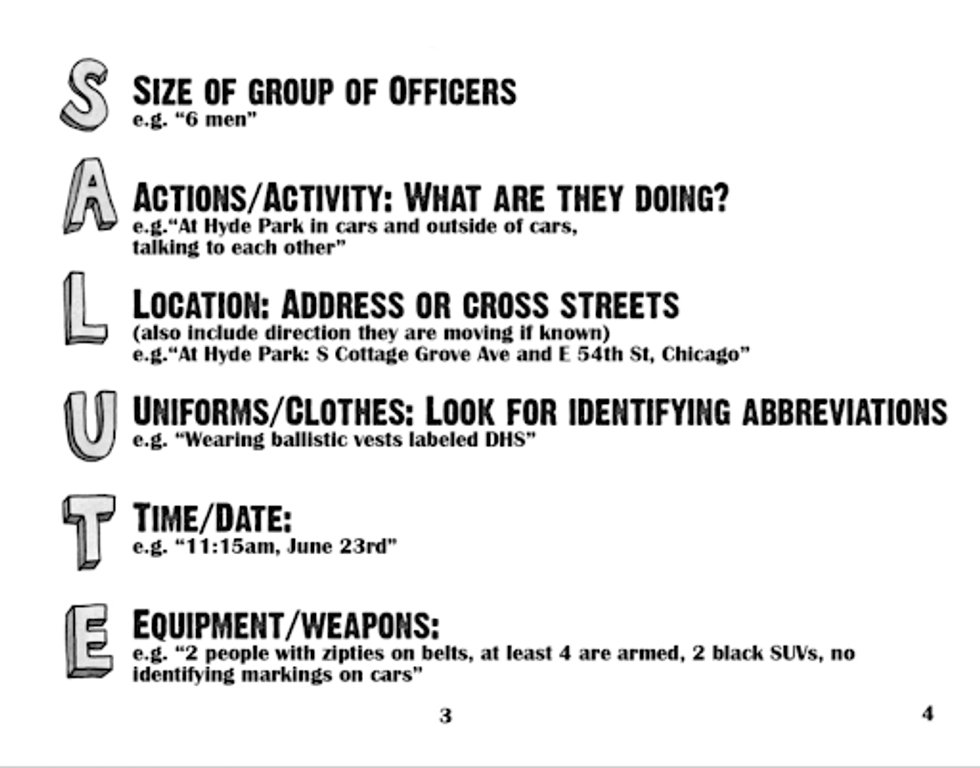 Screengrab from the Chicago Council of Lawyers. Designed by
Screengrab from the Chicago Council of Lawyers. Designed by 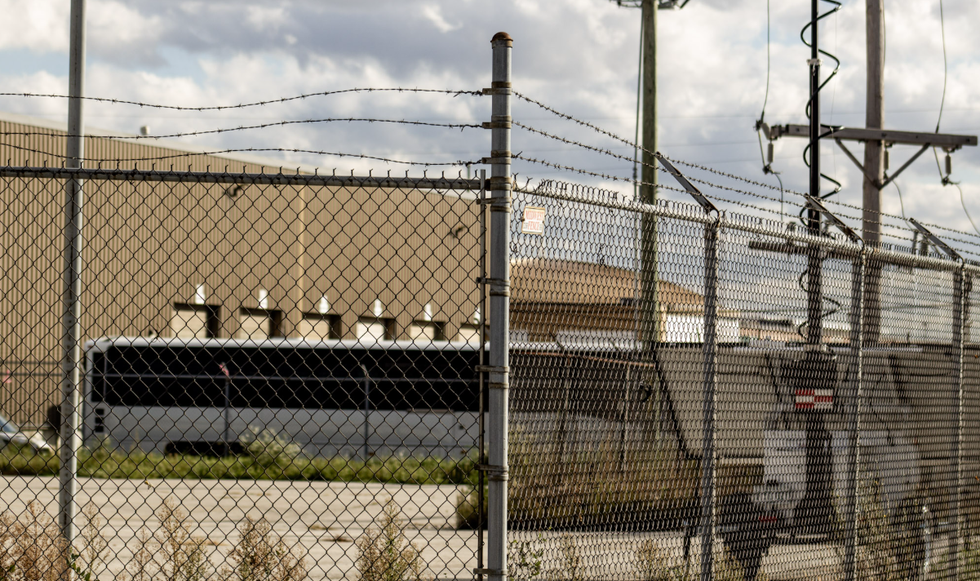 A white bus waits outside the Broadview Detention Center to transport detainees to a permanent detention center or to an airport. The Broadview Detention Center cannot hold detainees for longer than 12 hours, though to reflect increased enforcement operations this has been increased to 72 hours. Longer stays have been recorded since Operation Midway Blitz. Credit: By Britton Struthers-Lugo, Oct. 30, 2025.
A white bus waits outside the Broadview Detention Center to transport detainees to a permanent detention center or to an airport. The Broadview Detention Center cannot hold detainees for longer than 12 hours, though to reflect increased enforcement operations this has been increased to 72 hours. Longer stays have been recorded since Operation Midway Blitz. Credit: By Britton Struthers-Lugo, Oct. 30, 2025.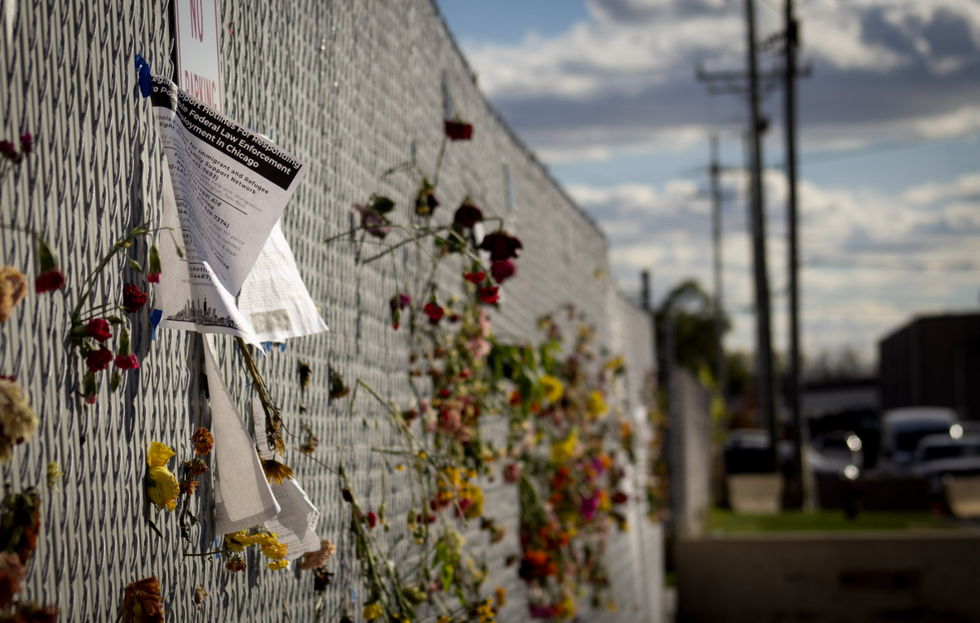 A paper outlining resources and ways to report federal law enforcement activity around Chicago hangs on a gate in the protestor “free speech zone”.Credit: Britton Struthers-Lugo. Oct. 30, 2025.
A paper outlining resources and ways to report federal law enforcement activity around Chicago hangs on a gate in the protestor “free speech zone”.Credit: Britton Struthers-Lugo. Oct. 30, 2025.